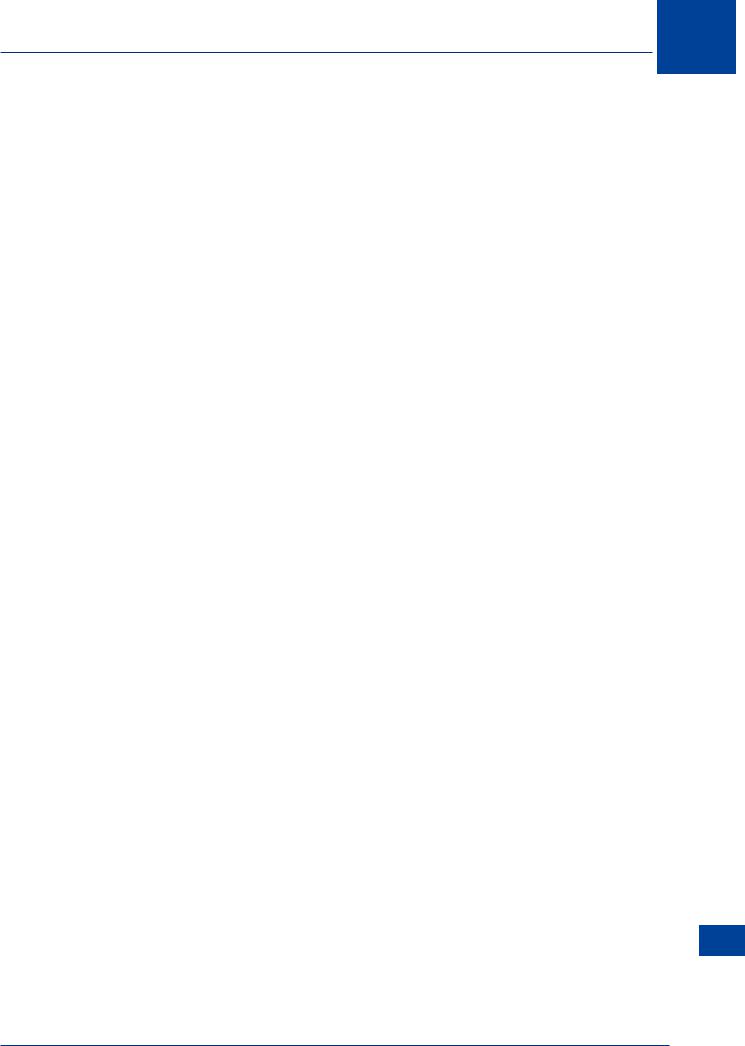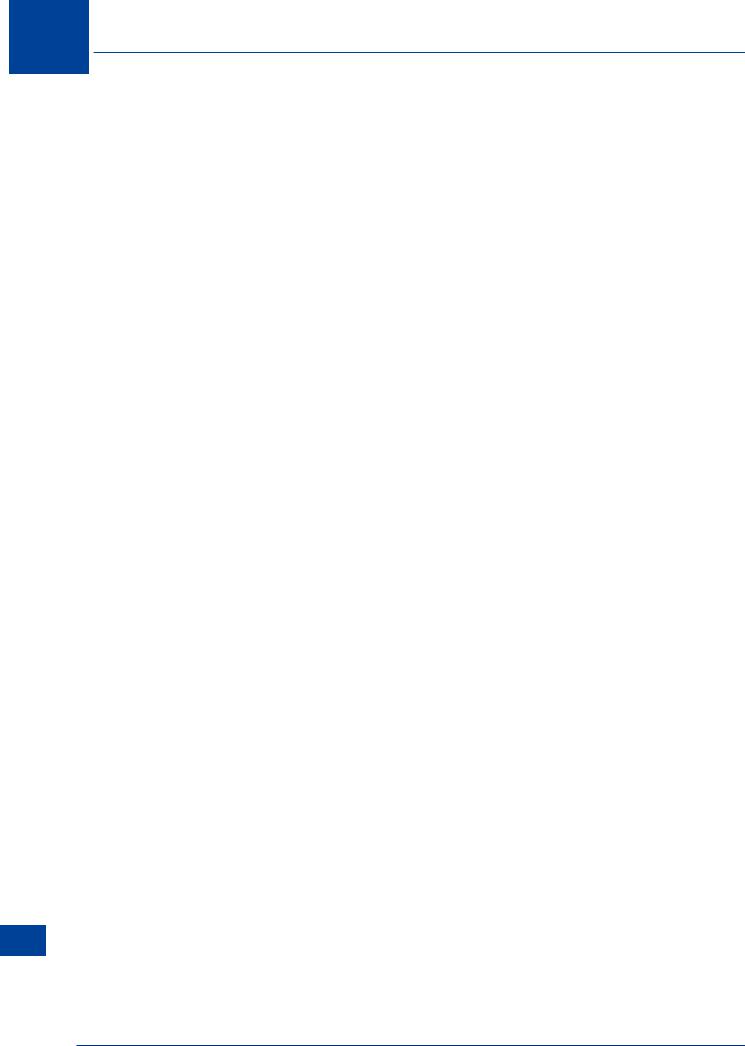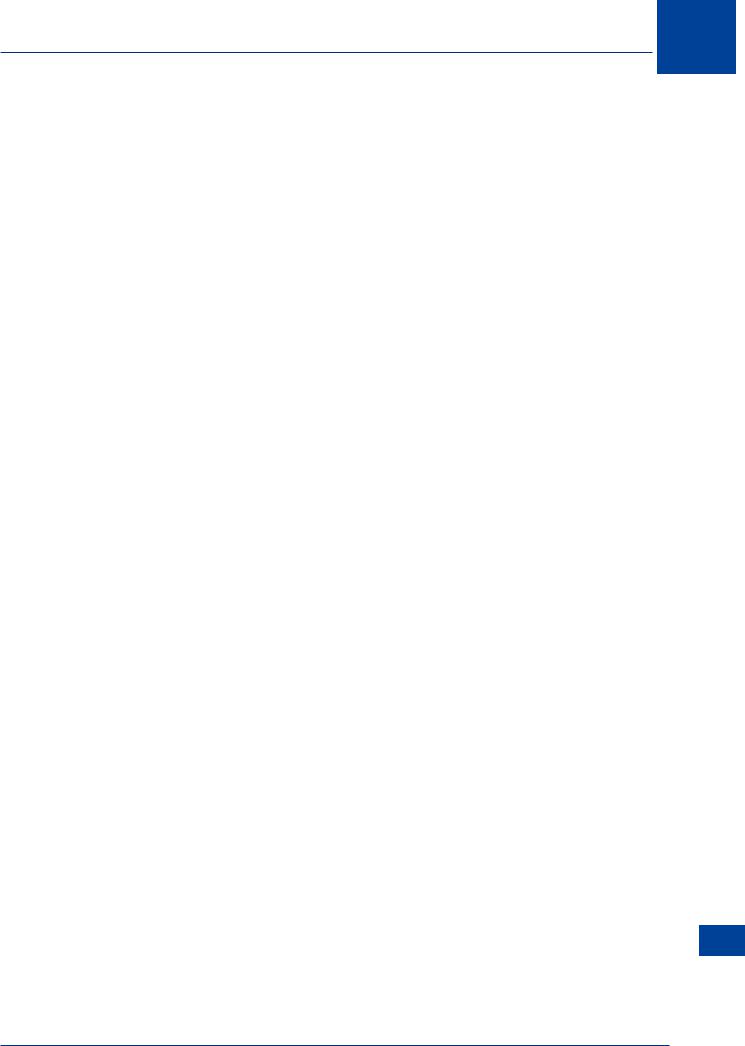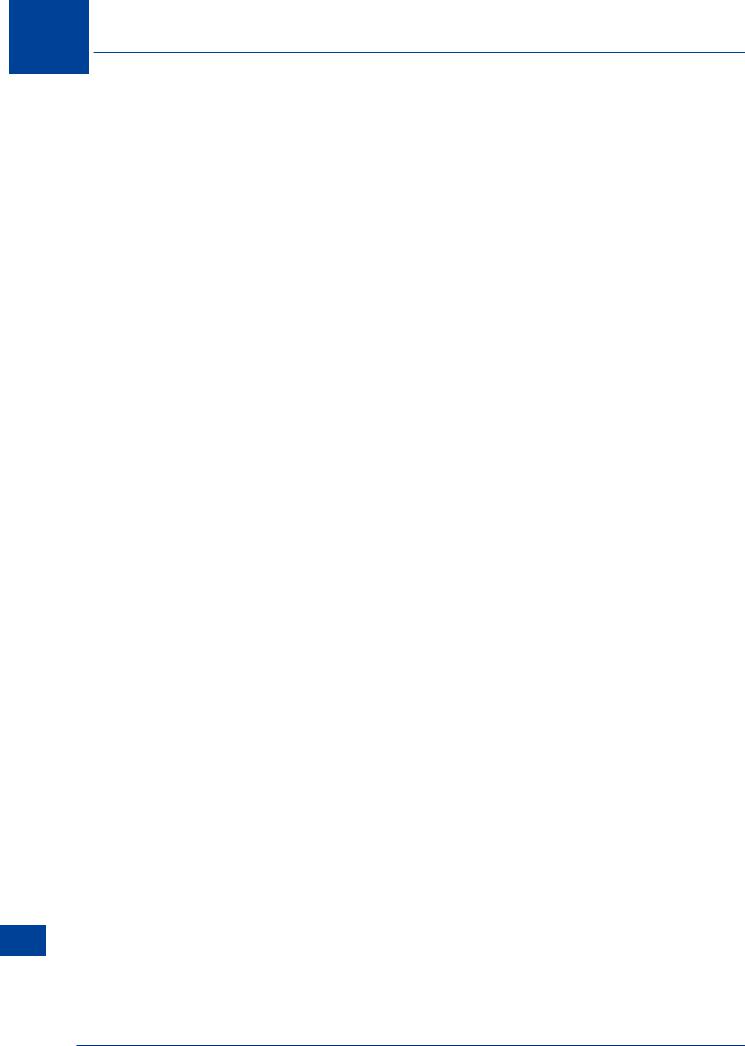
- •Textbook Series
- •Contents
- •1 Definitions
- •Introduction
- •Abbreviations
- •Definitions
- •2 International Agreements and Organizations
- •The Chicago Convention
- •International Law
- •Commercial Considerations
- •Customs and Excise, and Immigration
- •International Obligations of Contracted States
- •Duties of ICAO Member States
- •Status of Annex Components
- •The International Civil Aviation Organization (ICAO)
- •The Organization of ICAO
- •Regional Structure of ICAO
- •Regional Structure and Offices
- •ICAO Publications
- •Other International Agreements
- •The Conventions of Tokyo, the Hague and Montreal
- •The Warsaw Convention
- •The Rome Convention
- •IATA
- •ECAC
- •EASA
- •Eurocontrol
- •World Trade Organization
- •Geneva Convention
- •EU Regulation 261/2004
- •Questions
- •Answers
- •3 Airworthiness of Aircraft
- •Introduction
- •Airworthiness
- •Questions
- •Answers
- •4 Aircraft Nationality and Registration Marks
- •Introduction
- •Nationality and Registration Marks
- •Certification of Registration
- •Aircraft Markings
- •Classification of Aircraft
- •Questions
- •Answers
- •5 Flight Crew Licensing
- •Introduction
- •Definitions
- •General Rules Concerning Licensing
- •Licences and Ratings for Pilots
- •Multi-crew Pilot Licence (MPL)
- •Instrument Rating (Aeroplane) (IR(A))
- •Instructor and Examiner Rating
- •JAR-FCL 3 Medical Requirements
- •Pilot Proficiency
- •EASA Theoretical Knowledge Examinations
- •Questions
- •Answers
- •6 Rules of the Air
- •History
- •Applicability of the Rules of the Air
- •General Rules
- •Visual Flight Rules
- •Instrument Flight Rules
- •Semi-circular Flight Level Rules and RVSM
- •Special VFR
- •Distress and Urgency Signals
- •Restricted, Prohibited or Danger Areas
- •Signals for Aerodrome Traffic
- •Marshalling Signals
- •Flight Deck Signals
- •Questions
- •Answers
- •Instrument Procedures
- •PANS OPS
- •Instrument Departure Procedures
- •Questions
- •Answers
- •8 Approach Procedures
- •Procedure Basics
- •Approach Procedure Design
- •Obstacle Clearance Altitude/Height
- •Operating Minima
- •Descent Gradients
- •Track Reversal and Racetracks
- •Missed Approach Segment and Procedure
- •Published Information
- •RNAV Approach Procedures based on VOR/DME
- •Questions
- •Answers
- •9 Circling Approach
- •Circling Approach
- •Questions
- •Answers
- •10 Holding Procedures
- •Holding Procedures
- •Entry Sectors
- •ATC Considerations
- •Obstacle Clearance
- •Questions
- •Answers
- •11 Altimeter Setting Procedure
- •Altimeter Setting Objectives
- •Transition
- •Phases of Flight
- •Questions
- •Answers
- •12 Parallel or Near-parallel Runway Operation
- •Safety
- •Runway Spacing
- •Questions
- •Answers
- •13 SSR and ACAS
- •Airborne Collision Avoidance System (ACAS)
- •Questions
- •Answers
- •14 Airspace
- •Introduction
- •Control Areas and Zones
- •Classes of Airspace
- •Required Navigation Performance (RNP)
- •Airways and ATS Routes
- •Questions
- •Answers
- •15 Air Traffic Services
- •Introduction
- •Air Traffic Control
- •ATC Clearances
- •Control of Persons and Vehicles at Aerodromes
- •The Flight Information Service
- •The Alerting Service
- •Procedures
- •Questions
- •Answers
- •16 Separation
- •Concept of Separation
- •Vertical Separation
- •Horizontal Separation
- •Radar Separation
- •Procedural Wake Turbulence Separation
- •Radar Wake Turbulence Separation
- •Visual Separation in the Vicinity of Aerodromes
- •Stacking
- •Questions
- •Answers
- •17 Control of Aircraft
- •Procedural ATC
- •Radar Control
- •Radar Identification
- •Radar Service
- •Aerodrome Control
- •Approach Control Service
- •Air Traffic Advisory Service
- •Aircraft Emergencies
- •Questions
- •Answers
- •18 Aeronautical Information Service (AIS)
- •Introduction
- •General
- •The Integrated Aeronautical Information Package
- •The Aeronautical Information Publication (AIP)
- •Notices to Airmen (NOTAM)
- •SNOWTAM
- •ASHTAM
- •Aeronautical Information Circulars (AICs)
- •Pre-flight and Post-flight Information
- •Questions
- •Answers
- •Introduction
- •Aerodrome Reference Code
- •Glossary of Terms
- •Aerodrome Data
- •Runways
- •Taxiways
- •Aprons
- •Questions
- •Answers
- •Requirements
- •Visual Aids for Navigation
- •Runway Markings
- •Taxiway Markings
- •Signs
- •Markers
- •Visual Docking Guidance Systems
- •Questions
- •Answers
- •21 Aerodrome Lighting
- •Aerodrome Lights
- •Approach Lighting Systems
- •Runway Lighting
- •Taxiway Lighting
- •Questions
- •Answers
- •22 Obstacle Marking and Aerodrome Services
- •Introduction
- •Visual Aids for Denoting Obstacles
- •Visual Aids for Denoting Restricted Use Areas
- •Emergency and Other Services
- •Other Aerodrome Services
- •Questions
- •Answers
- •23 Facilitation
- •Entry and Departure of Aircraft
- •Questions
- •Answers
- •24 Search and Rescue
- •Definitions and Abbreviations
- •Establishment and Provision of SAR Service
- •Co-operation between States
- •Operating Procedures
- •Questions
- •Answers
- •25 Security
- •Introduction
- •Objectives
- •Organization
- •Preventative Security Measures
- •Management of Response to Acts of Unlawful Interference
- •Further Security Information
- •Questions
- •Answers
- •26 Aircraft Accident and Incident Investigation
- •Introduction
- •Objective of Investigation
- •Investigations
- •Serious Incidents
- •EU Considerations
- •Questions
- •Answers
- •27 Revision Questions
- •Revision Questions
- •Answers
- •EASA Specimen Examination
- •Answers to Specimen EASA Examination
- •28 Addendum – EASA Part-FCL & Part-MED
- •Chapter Five. Flight Crew Licensing
- •European Aviation Safety Agency (EASA)
- •Licences
- •Ratings
- •Certificates
- •EASA Part-MED
- •29 Index

Addendum – EASA Part-FCL & Part-MED 28
Validity
An examiner certificate shall be valid for 3 years.
Privileges and conditions
The privileges of an FE(A) are to conduct:
•skills tests for the issue of a PPL(A) and skills tests and proficiency checks for associated singlepilot class and type ratings (except for high performance complex aeroplanes) provided the examiner has completed at least 1000 hours of flight time as a pilot on aeroplanes or TMGs including at least 250 hours of flight instruction
•skills tests for the issue of a CLP(A) and skills tests and proficiency checks for associated singlepilot class and type ratings (except for high performance complex aeroplanes) provided the examiner has completed at least 2000 hours of flight time as a pilot on aeroplanes or TMGs including at least 250 hours of flight instruction
•skills tests and proficiency checks for an LAPL(A), provided the examiner has completed at least 500 hours of flight time as a pilot on aeroplanes or TMGs including at least 100 hours of flight instruction
EASA Part-MED
5.22Abbreviations & definitions
AeMC |
- |
Aero-medical centre |
AME |
- |
Aero-medical examiner |
CAT |
- |
Commercial air transport |
GMP |
- |
General medical practitioner |
OHMP |
- |
Occupational health medical practitioner |
OML |
- |
Operational multi-pilot limitation |
OPL |
- |
Operational passenger limitation |
OSL |
- |
Operational safety-pilot limitation |
Accredited medical conclusion
The conclusion reached by one or more medical experts acceptable to the licensing authority on the basis of objective and non-discriminatory criteria, for the purpose of the case concerned, in consultation with flight operations or other experts as necessary
Assessment
The conclusion on the medical fitness of a person based on the evaluation of the person’s medical history and/or aero-medical examinations as required in this Part and further examinations as necessary, and/or medical tests such as, but not limited to, ECG, blood pressure measurement, blood testing and X-ray
Colour safe
The ability of an applicant to readily distinguish the colours used in air navigation and correctly identify aviation coloured lights
Limitation
A condition placed on the medical certificate, licence or cabin crew medical report that shall be complied with whilst exercising the privileges of the licence or cabin crew attestation
28 Addendum – EASA Part-FCL & Part-MED
553

28
28 MED-Part & FCL-Part EASA – Addendum
Addendum – EASA Part-FCL & Part-MED
Medical certificates
The following medical certificates at least are required for the different pilot licences:
Student pilot |
: |
shall not fly solo unless a medical certificate is held for the |
|
|
relevant licence |
LAPL |
: |
LAPL medical certificate |
PPL |
: |
Class 2 medical certificate |
CPL |
: |
Class 1 medical certificate |
MPL |
: |
Class 1 medical certificate |
ATPL |
: |
Class 1 medical certificate |
Note
•if a night rating is added to a PPL or LAPL, the licence holder shall be colour safe
•if an IR is added to a PPL, the licence holder shall undertake audiometry examinations in accordance to the periodicity and standard required for Class 1 medical certificate holders
Decrease in medical fitness
Licence holders shall not exercise the privileges of their licence and related ratings or certificates at any time when they:
•are aware of any decrease in their medical fitness which might render them unable to safely exercise those privileges
•take or use any prescribed or non-prescribed medication which is likely to interfere with the safe exercise of the privileges of the licence
•receive any medical, surgical or other treatment that is likely to interfere with flight safety
In addition, licence holders shall, without undue delay, seek aero-medical advice when they:
•have undergone a surgical operation or invasive procedure
•have commenced the regular use of any medication
•have suffered any significant personal injury involving incapacity to function as a member of the flight crew
•have been suffering from any significant illness involving incapacity to function as a member of the flight crew
•are pregnant
•have been admitted to hospital or medical clinic
•first require correcting lenses
In these cases:
•holders of Class 1 and Class 2 medical certificates shall seek the advice of an AeMC or AME
•The AeMC or AME shall assess the medical fitness of the licence holder and decide whether they are fit to resume the exercise of their privileges
554

Addendum – EASA Part-FCL & Part-MED 28
•holders of LAPL medical certificates shall seek the advice of an AeMC, AME or GMP who signed the medical certificate. The AeMC, AME or GMP shall assess the medical fitness of the licence holder and decide whether they are fit to resume the exercise of their privileges
Initial issue of medical certificates
Class 1 - |
initial issue by an AeMC |
Class 2 - |
initial issue by an AeMC or an AME |
LAPL - |
initial issue by an AeMC, an AME or, if permitted by national law, a GMP |
Revalidation and renewal of medical certificates
Class 1 and 2 by an AeMC or an AME
LAPL - by an AeMC, an AME or, if permitted by national law, a GMP
Validity, revalidation and renewal of medical certificates
Validity
Class 1
•12 months
•validity reduced to 6 months for holders who:
•are engaged in single-pilot CAT operations carrying passengers and who have reached the age of 40
•have reached the age of 60
Class 2
•60 months until the holder reaches the age of 40. However, should the certificate be issued prior to reaching 40, it can only be valid to the age of 42
•24 months between the age of 40 and 50. However, should the certificate be issued prior to reaching 50, it can only be valid to the age of 51
•12 months after the age of 50
LAPL
•60 months until the holder reaches the age of 40. However, should the certificate be issued prior to reaching 40, it can only be valid to the age of 42
•24 months after the age of 40
Note: validity is calculated from the date of the medical examination
Revalidation
Examination and/or assessments for the revalidation of a medical certificate may be undertaken up to 45 days prior to the expiry date of the medical certificate.
Should the holder not comply, then a renewal examination and/or assessment shall be required.
Renewal
Class 1 & 2 certificates
If the holder allows the medical certificate to expire for more than 2 years, the AeMC or AME shall only conduct the renewal examination after assessment of the aero-medical records of the applicant.
28 Addendum – EASA Part-FCL & Part-MED
555

28 Addendum – EASA Part-FCL & Part-MED
If the holder allows the medical certificate to expire for more than 5 years, the examination requirements for initial issue shall apply.
Operational limitation codes
Operational multi-pilot limitation (OML) - Class 1 only
When the holder of a CPL, ATPL or MPL does not fully meet the requirements for a Class 1 medical certificate and has been referred to the licensing authority, it shall be assessed whether an OML “valid only as or with a qualified co-pilot” is applicable.
The holder then shall only operate an aircraft in multi-pilot operations with a qualified co-pilot, who is not subject to an OML and who has not attained the age of 60.
An OML can only be imposed and removed by the licensing authority.
Operational Safety Pilot Limitation (OSL) - Class 2 and LAPL
The holder with an OSL shall only operate an aircraft if another pilot qualified as PIC is carried on board occupying a seat at the controls and the aircraft is fitted with dual controls.
In the case of a Class 2 certificate, this can be imposed by an AeMC or AME in consultation with the licensing authority.
Operational Passenger Limitation (OPL) - Class 2 and LAPL
The holder with an OPL shall only operate an aircraft without passengers on board.
28 MED-Part & FCL-Part EASA – Addendum
556
